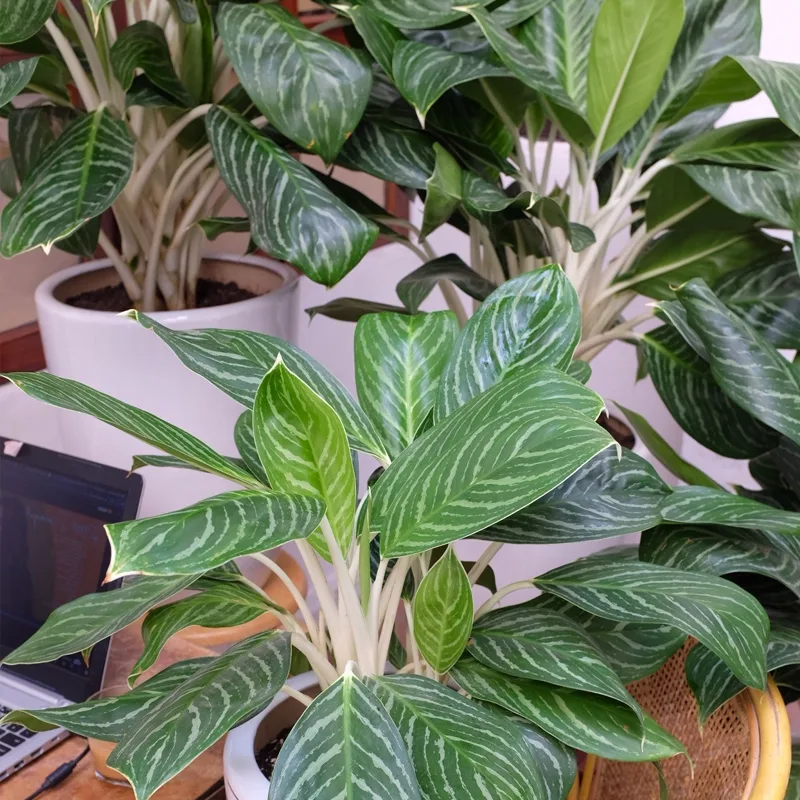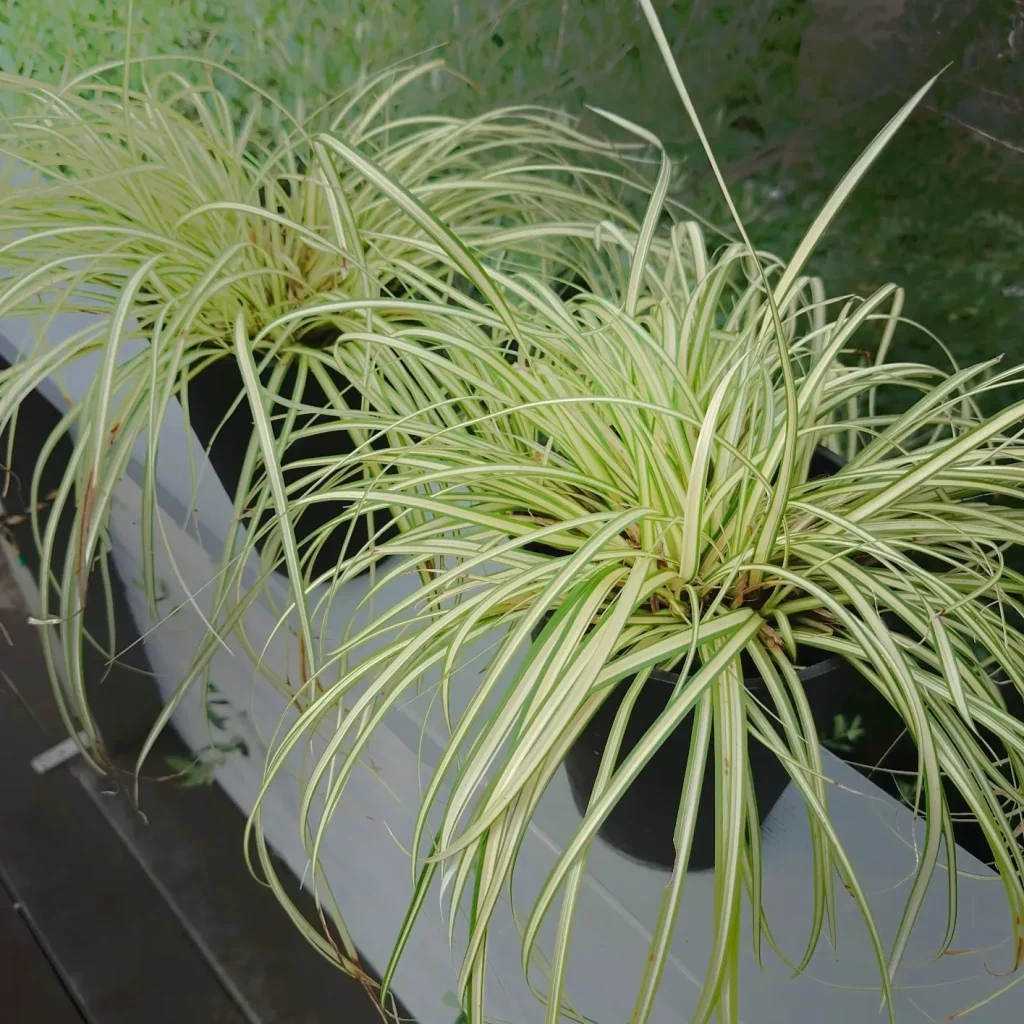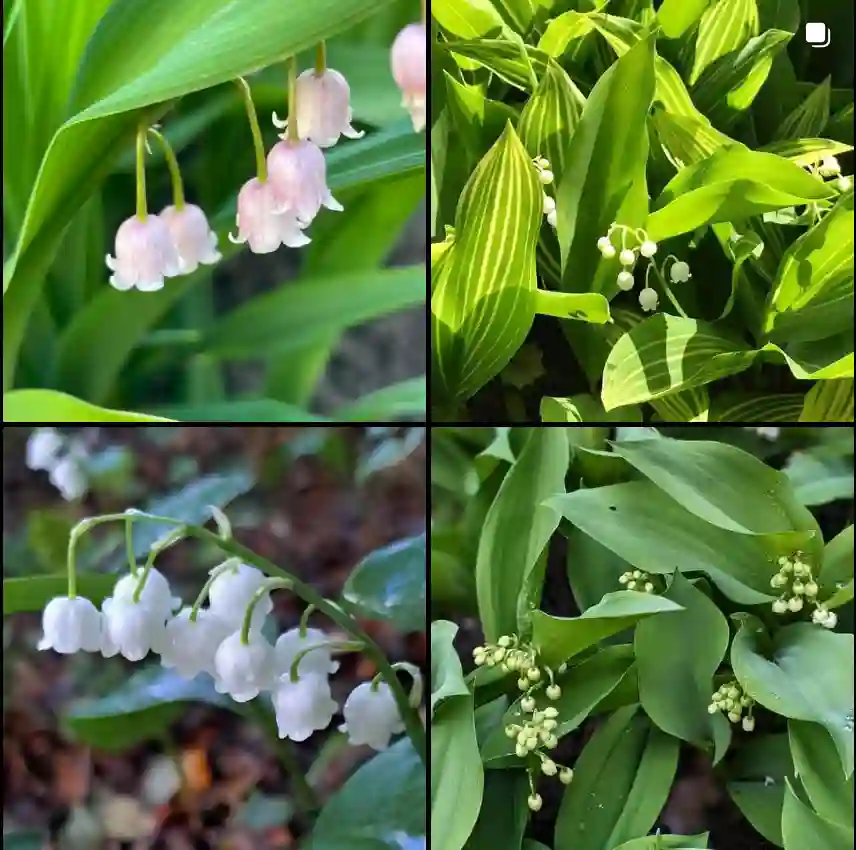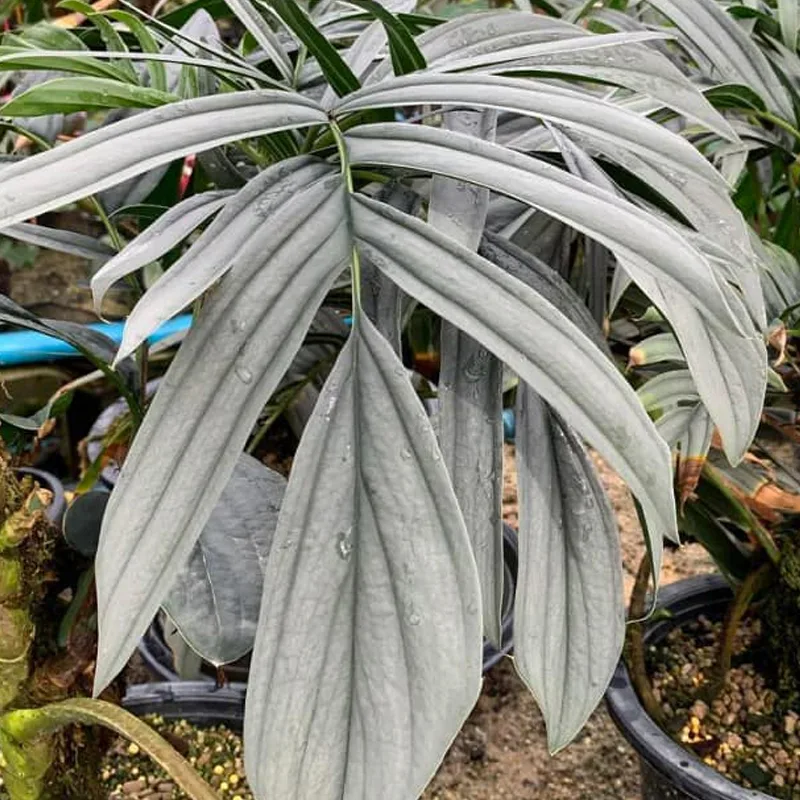Aglaonema Lucky Red: Your Guide to the Vibrant Houseplant
Hi, Ferb Vu here! Today, we’re diving into the world of the Aglaonema Lucky Red, a stunning houseplant known for its vibrant foliage and easy care requirements. Whether you’re a seasoned plant parent or a curious beginner, this FAQ will equip you with everything you need to know about bringing a touch of luck and color into your home.
26 Species in Genus Aglaonema
What is an Aglaonema Lucky Red?
The Aglaonema Lucky Red, also known as the Chinese Evergreen ‘Lucky Red,’ is a member of the Araceae family, hailing from the tropical regions of Southeast Asia. This beauty boasts striking variegated leaves. New growth emerges a pale pink, maturing to a vibrant hot pink, and finally deepening to a rich red, all trimmed with a lush green border.
Why Choose an Aglaonema Lucky Red?
There are many reasons to fall in love with the Aglaonema Lucky Red:
- Visual Appeal: The contrasting shades of pink, red, and green create a captivating display that adds a pop of color to any indoor space.
- Low Maintenance: This plant is a dream for busy individuals. It thrives in medium to low light conditions and requires infrequent watering.
- Air Purification: The Aglaonema Lucky Red acts as a natural air purifier, helping to remove common toxins from your home environment.
- Compact Size: Reaching a maximum height of around 18 inches, this plant is well-suited for apartments, offices, or areas with limited space.
- Symbolism: In Asian cultures, the Aglaonema is believed to bring good luck and prosperity to its owner.
Aglaonema Lucky Red vs. Other Popular Houseplants:
Dieffenbachia (Dumb Cane): Both the Aglaonema Lucky Red and the Dieffenbachia offer beautiful variegated foliage. However, the Dieffenbachia is toxic to pets and humans if ingested, while the Aglaonema is only mildly irritating.
Chinese Evergreens (Other Varieties): The Aglaonema Lucky Red is a specific cultivar within the broader category of Chinese Evergreens. Other varieties come in a wider range of colors and patterns, but the Lucky Red offers a particularly vibrant combination.
Snake Plant: Both plants are known for their low-maintenance needs. However, the Snake Plant offers a more architectural look with its upright, sword-shaped leaves, while the Aglaonema Lucky Red provides a burst of color with its variegated foliage.
How to care for Aglaonema Lucky Red?
Light: Your Lucky Red prefers bright, indirect sunlight. Avoid harsh direct sun, which can scorch the leaves. It can also tolerate lower light conditions, but the foliage colors may not be as vibrant.
Watering: Allow the top inch of soil to dry out completely between waterings. Overwatering is a leading cause of problems for this plant.
Soil: A well-draining potting mix is essential. Opt for a mixture specifically designed for houseplants or create your own by combining potting soil with perlite or orchid bark for added drainage.
Humidity: While not strictly required, your Lucky Red will appreciate moderate humidity levels. Grouping your plants together or using a pebble tray filled with water can help increase humidity around the plant.
Fertilizer: A balanced liquid fertilizer applied monthly during the growing season (spring and summer) is beneficial. However, this plant is not a heavy feeder, so less is more.
Temperature: Maintain consistent temperatures between 60°F and 80°F (15°C and 27°C). Avoid exposing your plant to sudden drafts or cold temperatures.
Toxicity: The Aglaonema Lucky Red contains calcium oxalate crystals, which can cause mild irritation to the skin and mouth if ingested. Keep out of reach of children and pets.
Propagating Your Aglaonema Lucky Red: Sharing the Luck
The Aglaonema Lucky Red isn’t just visually appealing; it’s also relatively easy to propagate, allowing you to share the beauty and good fortune with friends and family. Here are two common propagation methods:
1. Stem Cuttings:
- Identify a healthy stem with at least two leaves. Use sterilized pruning shears to make a clean cut just below a node (the bump where a leaf joins the stem).
- Remove the lower leaves, leaving just the top one or two.
- Dip the cut end in rooting hormone (optional but can encourage faster root growth).
- Plant the stem cutting in a pot filled with a well-draining potting mix. Moisten the soil but avoid overwatering.
- Cover the pot loosely with a plastic bag to create a humid environment. Place it in bright, indirect sunlight.
- Monitor the soil moisture and remove the plastic bag once new growth appears, typically within a few weeks.
2. Division:
- When your Aglaonema Lucky Red becomes pot-bound, repotting provides an opportunity for division. Carefully remove the plant from its pot and loosen the root ball.
- Using a sterilized knife, gently separate the plant into sections, each with healthy roots and foliage.
- Repot each division in individual pots filled with fresh potting mix. Water thoroughly and care for them as you would a mature Aglaonema Lucky Red.
Additional Tips for a Thriving Aglaonema Lucky Red:
- Cleaning: Regularly wipe down the leaves with a damp cloth to remove dust and prevent pests.
- Repotting: Repot your Aglaonema Lucky Red every 1-2 years or when the roots outgrow the current pot.
- Rotation: Rotate your plant occasionally to ensure even growth on all sides.
- Enjoy!: Sit back and relish the vibrant foliage and positive vibes your Aglaonema Lucky Red brings to your space.
By following these guidelines, you can create a flourishing haven for your Aglaonema Lucky Red, allowing it to not only beautify your home but also potentially bring a touch of good luck into your life.
If i die, water my plants!



